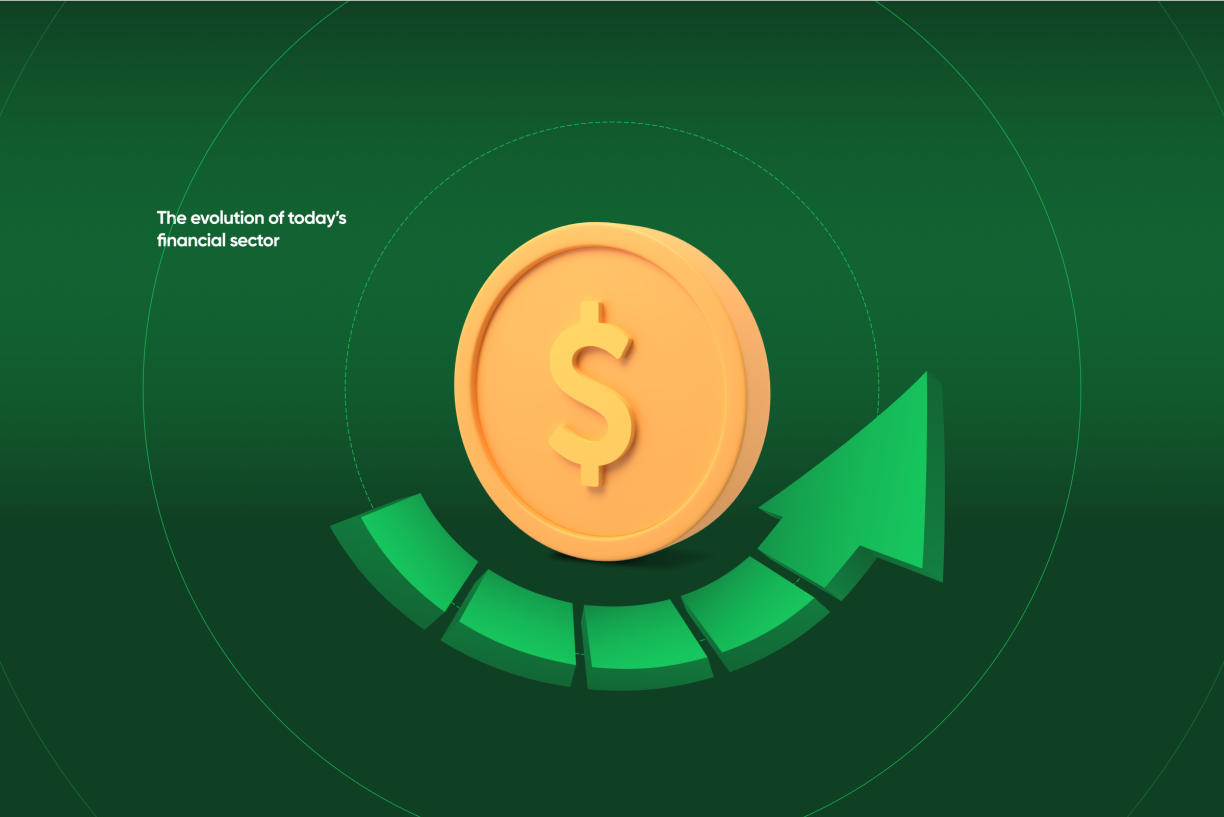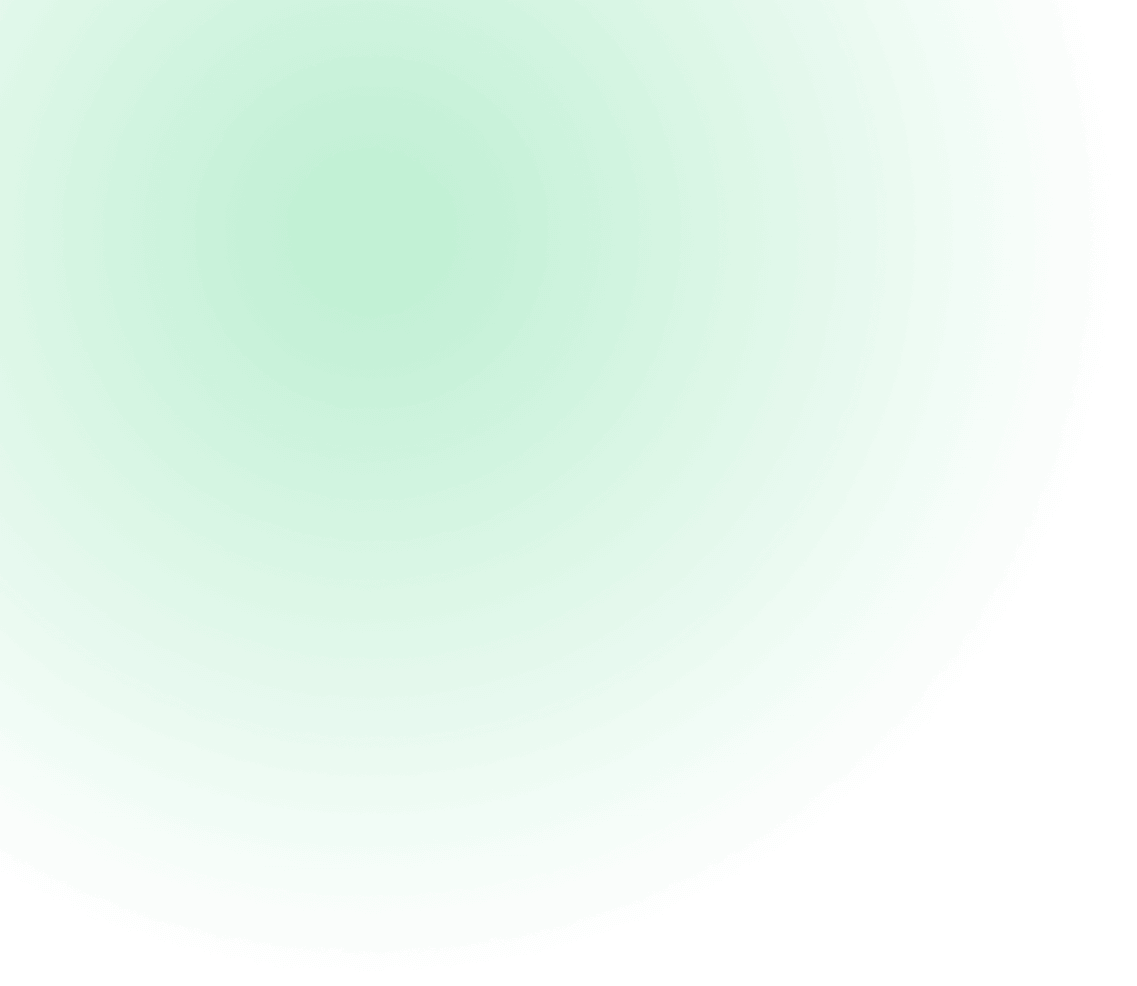Money cannot be a joy in our life, for its own sake. Some people fixate and obsess about how much money they have and they might even get some sense of joy from feeling and seeing their money, whether or not they use it for something. Really, money is a means. Something we use to get what really matters in our lives: entertainment, learning, experiences with family and friends, our health, or even food and drink.
Another way of saying this in more formal economics terms: the finance sector is an intermediate sector. It exists to enable and support other sectors. It exists to support other outcomes in our lives that really do matter to us. We cannot say that health and wellness is an intermediate sector or a means. Or for that matter the entertainment sector. Many of us want a healthy and long life, because we want a healthy and long life. Many of us want entertainment because entertainment is fun, period.
So - what this means - all financial products, solutions, or services we are provided are instruments in our life. They are to enable us to achieve something else. No one - almost no one - should be happy with a financial product for its own sake. Having a new savings account or credit card is not cool and fun by itself. Despite how credit card companies and NeoBanks might try their best to make their products cool and desirable. These were always intended to be products to be supporting your life in some other way.
Products for our money come in 6 categories: day-to-day money management (e.g., our checking accounts), payments products (e.g, a debit card), savings (e.g., yield-paying accounts), credit (giving us a loan - money that we must pay back), investments (putting aside money for the long-term so it’s worth more when we want it) and insurance (protecting us against future events).
These 6 products are aligned with the 6 areas of our needs:
- We need to have the ability to hold money for day-to-day usage.
- We need to be able to make payments to others, with our money.
- We need to put aside money we are not using, and earn something for doing this.
- At different points in our lives, we all need loans - for cars, houses, school or short-term spending and emergency needs.
- At different points in our lives, we are creating a ‘surplus’ of income, and want to put this aside for our future, so that it gets the best return and grows before our future comes.
- We all have potential risks in our lives - extreme situations with a small likelihood but that can be devastating if not planned for and protected. We might have an accident. We might have major healthcare needs. We might lose our source of income. So, we need products - insurance products - that can help us and even protect us, if such events come to be.
We are calling them ‘needs’ which might suggest we need for their own sake. But this is not really true. All of these products are instruments for a real purpose, which they enable. For example:
- Checking accounts are so we can hold our money easily so we can buy the stuff we want.
- Payments solutions also support us to buy stuff.
- Savings hold our money securely, and help it grow, so we can use it to buy stuff in the future (and have more money to buy even more stuff then).
- Investments are also for future use, but longer into the future, hopefully increasing in value even more.
- Loans give us cash to buy the stuff we want now, in the immediate term.
- Insurance protects us against future events that can harm us, in many cases things that might physically harm us, which is why we have health and accident insurance products
All these 6 needs are enabling us to actually use our money - a mechanism - to do the stuff we really want to do. The stuff that really matters to us.
Regardless of how our financial sector evolved, our needs would remain the same, whatever these 6 financial products look like. Together, they do cover all of the types of needs we might have. At least so far as what we have discovered to date as human beings living together in societies.
However, these products and areas of need did not have to be cleanly separated in this way, into these particular categories and into these specific products in each category.
Sometimes products cross two or more needs. Credit cards help with payments and sometimes with our credit needs. Life insurance is both an insurance (protection for our family in the event of a death) and an investment product (which pays in the future, even if death has not happened). So this six-fold categorization is not so strict.
If we were to take a full, even holistic view, these different needs could be met without multiple products. They do not necessarily need to be separated so distinctly. It is very possible to have a holistic product that simultaneously provides for all of our needs.
How financial products evolved
The reason these 6 areas evolved as product classes is because they came about very gradually over time, as our modern economy has evolved over thousands of years. They have come about through various incremental - step by step - innovations that entrepreneurs have made to better meet the needs of people.
Checking accounts were created with the first banks of Italy. Payments were supported with currency and coinage, and then promissory forms of payment (e.g., checks) and eventually automated forms of payment, supported by payment systems. Now there are digital forms of payment - via mobile applications - and now new forms of currency not run by governments: cryptocurrency.
Interest-earning savings accounts were introduced in 1694 by the Bank of England, although the practice of paying interest started earlier with the Italians and also the Dutch.
Credit has always existed as a concept. Some believe it dates back 5,000 years to Mesopotamia. But different forms of credit came about gradually for different needs. Credit cards, for example, took shape in the 1950s in the US, pioneered by the BankAmericard in Fresno, California.
Insurance began for trade and commercial purposes in ancient times, but the first life insurance policies were issued in England in the early 18th century. The first stock market was established in 1602 in Amsterdam but the legal framework dates back to the Code of Hammurabi of 1700 BC.
People have always had these specific needs. The awareness of these needs, especially as consumers, happened at different times in our history. The markets developed when the needs were known and those circumstances produced the products we use today, evolving through incremental innovations.
There has been a very gradual evolution to get to the financial products we have today. Once product classes are created, industries are built around them. Expectations are set, demand is ossified. It becomes re-imagined in product classes.
To be clear, the exact form and spectrum of financial products we have today has not come from conscious intelligent design, but from a path of incremental evolution - supply forces and demand forces at work step by step. It is a path-dependent outcome which we happen to have arrived at.
As a result, we now live in a world where banks and governments convince us we need these 6 areas of products. Yes, we might indeed have the underlying need. I do need to set aside money for later and I do need to protect myself against future risks. But we are often knee-jerk buying the financial products put in front of us because we have been led to believe we must have them, to survive in our world and do well. Our economy and society leans on us, telling us we need this form of product. So we keep buying them, as they are provided to us.
Sometimes, it goes so far as leading us to think we want these products for their own sake. But they are not really physical products. A bank account is not something you can touch or feel. Yes, sometimes a new bank (especially a NeoBank) might send you a shiny, slick, tactile new payment card, but really these are gimmicks to influence our emotions. No one should be paying $22 a month for a shiny piece of credit card plastic.
How banks define our financial tools
Remember, finance is an instrument for our well-being. Financial products are meant to serve and support the real end need and desires in our lives. But the banking industry has done so well as a marketing engine that sometimes we completely forget about the life these products are meant to drive for us.
Years of bank advertising and marketing have hypnotized us to believe certain features and characteristics matter most when we buy certain products. For example, with a savings account, we might focus just on the yield paid - assuming this is all that really matters. Or with some loans, we ignore payback terms and focus on the cost of the loan, or the interest-free period.
Regulators do exist to protect us, but bank marketing teams can outwit them and shape our beliefs on what matters and what to look for. Regulations also allow banks to get away with burying many many important details into ‘terms and conditions’ and long form contracts, that no reasonable person ever has the time to fully internalize.
The banking marketing world has been well developed with $45 billion spent each year in the US alone, to cajole and coax us to believe they know best about what matters when buying a financial product. They keep reinforcing that we really need these products, in the form that they have come to exist, whether they serve the real purpose for us or not.
In my next post, I’ll take us back to what really matters and look at how our current financial products are falling short.



